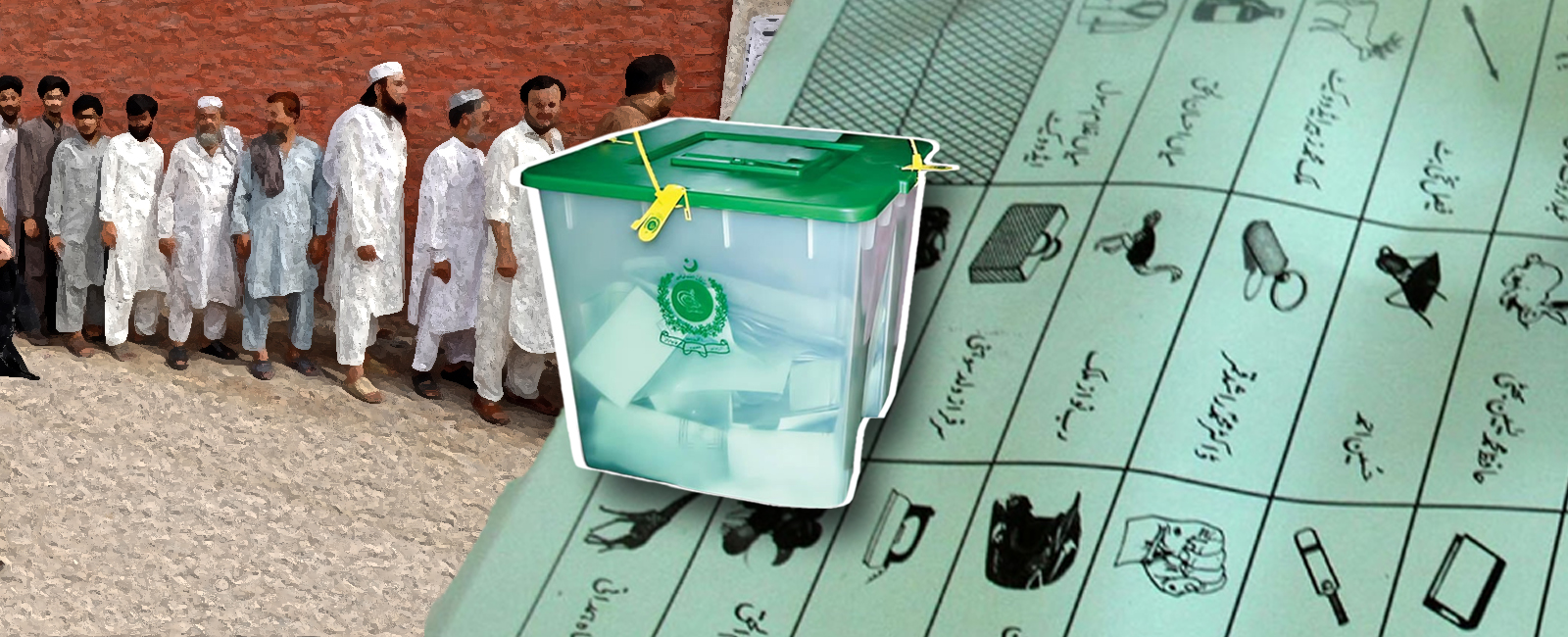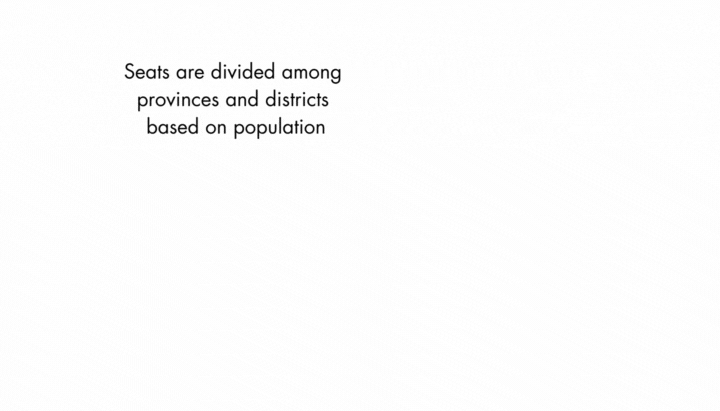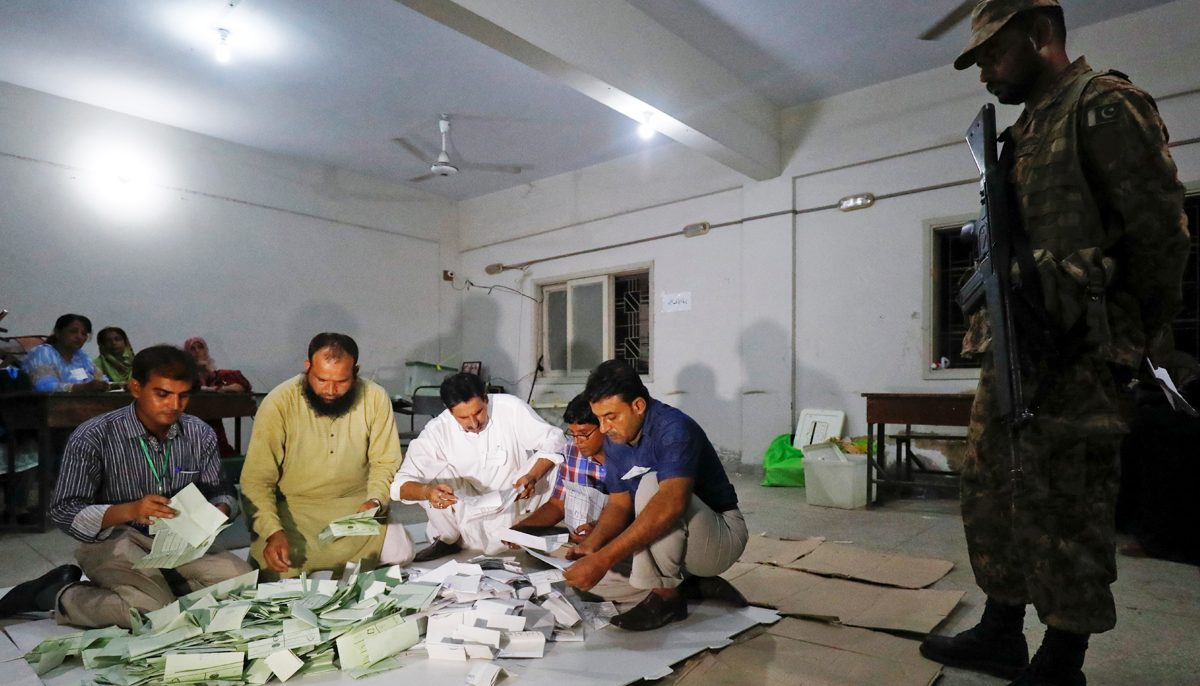The science behind elections in Pakistan — pre-poll

From the complexities of voter behaviour to the mathematical algorithms engineering electoral systems, it is very important to explore the scientific principles governing the political processes and technicalities that interweave the diverse fabric of democratic societies.
Understand the entire election cycle
Let’s delve into the potpourri of sociology, statistics, and psychology behind the election process while unravelling the mysteries behind the intricate tapestry of democratic decision-making and trying to make sense of science in forging the future of the nations through the ballot box — so to speak.
Elections 2024 are around the corner as the Election Commission of Pakistan (ECP), after consulting with President Arif Alvi, announced to hold the polls on February 8, 2024.
The election itself is a long process that started after the dissolution of assemblies costing the national exchequer billions of rupees.
Rs48 billion have been allocated for the polls making the current exercise the most expensive one which is over 26 times more than the 2008 polls when only Rs1.8 billion were allocated.
A deep look at how elections are organised in Pakistan
Delimitation: How seats are allocated in assemblies

Delimitation is the first step to conducting elections, although it is a continued process, major delimitation is done after the publication of every national census. Seats are divided among provinces and districts based on population.
The process of delimitation is carried out by the election commission, whereby it divides each province and capital territory into as many separate territorial constituencies as the number of general seats allocated to that province.
The commission has to publish proposed amendments, alterations, or modifications in the official Gazette and website, inviting and hearing representations before making a final decision.
What is the formula?
Delimitation is done based on population, after every fresh census, the total population is divided by the number of seats in the National Assembly.
The resulting figure is then used to distribute seats among the provinces. Each province’s population is divided by that figure to allot several seats in that province.
A similar method is used to further distribute seats among districts in a province.
Electoral rolls
Maintaining and updating electoral rolls is another major step in the conduct of general elections. The election commission is responsible for creating the voter lists for elections to the National Assembly, provincial assemblies, and local governments and updates these lists periodically.
All Pakistani citizens aged 18 or above, possessing a Computerised National Identity Card (CNIC) are eligible to register as voters. Whoever reaches the said age is automatically added to the list.
The commission also provides Form 21, which can be used for registering and transferring votes. After filling, the form must be submitted to the District Election Commission office.
Anyone can check their registration information by sending their identity card number to 8300. Electoral Rolls are frozen once the schedule for elections is announced.
As per the latest ECP data, the number of eligible voters has exceeded the 128 million mark, which was 105 million in 2018.
| PROVINCE-WISE VOTERS' STATISTICS | |||||
| Province | Male | Female | Total | ||
| ICT | 568,406 | 52.48% | 514,623 | 47.52% | 1,083,029 |
| Balochistan | 3,016,164 | 56.15% | 2,355,783 | 43.85% | 5,371,947 |
| KP | 11,944,397 | 54.47% | 9,983,722 | 45.53% | 21,928,119 |
| Punjab | 39,122,082 | 53.44% | 34,085,814 | 46.56% | 73,207,896 |
| Sindh | 14,612,655 | 54.13% | 12,382,114 | 45.87% | 26,994,769 |
| Total | 69,263,704 | 53.87% | 59,322,056 | 46.13% | 128,585,760 |
Million-strong polling staff
Conducting elections is a huge exercise and requires a lot of workforce. For the 2024 election, nearly a million staff members are being engaged. They are appointed by the election commission, either from its pool or from the government or judiciary.
As per the electoral watchdog, a workforce of 976,000 is engaged for the elections. The ECP has appointed a total of 859 district returning officers (DROs) who are tasked with overseeing the electoral process across the country.
A district returning officer is the top official responsible for all the arrangements in the region. The official supervises all work related to the conduct of elections and performs other duties as assigned by the commission.

The electoral body also appoints ROs for each constituency, as well as Assistant ROs as per requirement. Presiding Officers (POs) and Assistant Presiding Officers (APOs) are appointed in every polling station, whereas polling officers are appointed at every polling booth.
Election schedule
Within seven days of announcing the election date, the commission notifies a 54-day election program through the official gazette.
The 10-point schedule details the deadlines for nominations, publication, scrutiny, and appeals against nominations. The Gazette also specifies the final date for these processes. Appeals must be decided within seven days of the deadline for filing, or the next non-public holiday.
The revised list of candidates is published the day after the appeals decision deadline. Candidates have until the day after the revised list is published to withdraw their candidacy.

Symbols are then assigned to candidates and published the day after the withdrawal deadline.
Polling is supposed to take place at least 28 days after the revised list is published, if necessary. The returning officer will announce these dates and provide instructions on where and when to submit nomination papers within three days of receiving notification.
The election commission can make changes to the election program but must inform the president. Candidates who have already submitted their nomination papers do not need to resubmit them unless required by law.
How many polling stations are there in a constituency?
The commission must provide a proposed list of polling stations for each constituency within one week, with limits of 1200 voters per station and 300 per booth. Changes can be made within 15 days, and the final list must be published 30 days before polling.
According to the polling scheme announced for the 2024 polls, a total of 41,403 polling stations have been established out of which 25,320 are for male and 23,952 for male voters.
Moreover, 276,398 polling booths have been established across the country — 147,552 for male voters and 128,846 for female voters.
Nominations and deposits
Every voter in a constituency has the right to suggest or endorse a qualified individual as a candidate. However, each voter is only allowed to endorse one nomination, which must be submitted on a separate form signed by both the proposer and seconder.
The candidate must also sign a declaration confirming their consent to the nomination, their qualifications as specified in Article 62, and their eligibility as specified in Article 63.
Additionally, they must provide a copy of their CNIC, a statement of their assets and liabilities, and information about their spouse and dependent children as of the previous 30th.
To contest elections for a seat in the national or provincial assembly, a candidate must deposit Rs20,000 in cash with the returning officer or through a bank draft in favour of the returning officer or a specified account with any branch of the National Bank of Pakistan.
Only one deposit is required for a person nominated as a candidate by multiple nomination papers.
The deposited amount can be returned to the candidate after the election, but if the candidate receives less than one-fourth of the total votes polled in the constituency and is not the winner, the deposited amount will be forfeited to the government.
Scrutiny of nomination papers
Voters can object to a candidate's nomination by filing objections with the returning officer within the specified time. Candidates and objectors can file appeals against the returning officer's decision, which are submitted to an appellate tribunal for the specific constituency.
The tribunal must expeditiously resolve these appeals, and its decision is final.
If the election tribunal cannot decide within the stipulated time, the appeal is null and void, and the returning officer's decision stands. Additionally, if the tribunal learns of disqualifications, it can independently reject a candidate's nomination paper.
Publication of list of candidates
After the completion of scrutiny and finalisation of appeals from the election tribunals, a final list of candidates is published by the concerned returning officer.
Retirement of candidates
A candidate who has been properly nominated can withdraw their candidacy by submitting a written notice to the returning officer before the withdrawal date. Once the notice of withdrawal is received, it cannot be revoked or cancelled.
Allotments of symbols and party certifications
Before seeking a symbol, a candidate must file a declaration with the returning officer about their political party affiliation, if any. If more than one candidate remains after withdrawal, the returning officer will allot one of the prescribed symbols to each candidate. A nominated candidate will be allotted their party's symbol, while an independent candidate will choose from the remaining symbols.
Why: Symbols are allocated by the commission for the understanding of an average voter since a majority of our population in rural areas can’t read the names and can only recognise them through imagery.
If more than one independent candidate chooses the same symbol, it will be allotted by drawing lots. Each candidate in a constituency will be allotted a different symbol.
Final list of contesting candidates
After assigning symbols to candidates participating in the election, the Returning Officer will release a list of these candidates in Urdu alphabetical order, along with their allotted symbols. Additionally, the date and time of the poll will be publicly announced. Each candidate will receive a copy of the list, and it will also be displayed prominently at every polling station on the day of the election.


